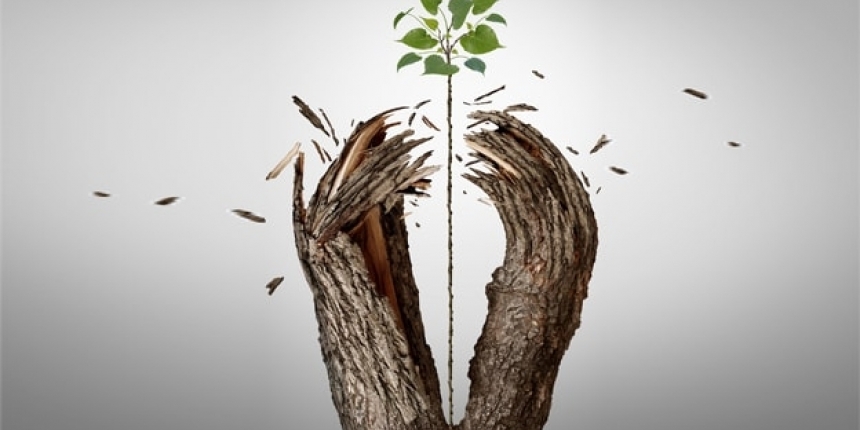Resilience is often spoken about, regularly heralded as very important – but can be misunderstood and hard to define. What does it really mean?
Resilience is one our key Graduate Aims here at the College and is a building block of positive wellbeing. I have captured some of the key phrases from this Graduate Aim, found in our Strategic Plan. These include:
We seek to grow students who are capable of persisting through difficulty to grow and to learn.
Students who;
- Persist through difficulty in order to learn in life.
- Courageously cope with, and adapt to, change and difficulty.
- Experience joy in overcoming difficulty in learning, and in life!
These are worthy aspirations and indeed, I imagine you desire for your children to build the capacity and skills in order to grow and strengthen their resilience. But how do we help them do that!?
When teenagers have the skills and confidence to confront and work through their problems, they learn that they have what it takes to face difficult situations. The more they bounce back on their own, the more they internalise the message that they are strong and capable. Consider these…
Problem-solvers
We can help our young people to become more resilient by teaching them to solve problems independently. We saw many of our students become fantastic problem-solvers during our time of online learning, working out new ways to participate in practical subjects, managing distractions and building independence. While we may feel compelled to jump in and solve the problem for our teenagers, this action can sometimes hinder the building of resilience. Young people need to experience this discomfort so that they can learn to work through and develop their problem-solving skills, with parent support as needed…and Teachers!
Relationships
Resilience needs relationships. Research has shown that it takes the constant presence of at least one supportive relationship to build resilience in young people. The presence of a responsive adult can help to reverse the physiological changes that are activated by stress.
Working with a reliable adult, a young person can learn to understand stressful decisions and ways to manage difficult times. Anyone in the life of a child can make a difference – family, teachers, coaches – anyone. That one positive, supportive relationship can help the young person to take risks that they may feel uncomfortable to do without the support around them.
Seeking help
Our young people need to know that it’s okay to ask for help. Being resilient doesn’t mean that you solve things or do things entirely on your own. Let your child know that being brave, strong and resilient includes knowing when to ask for help. If there is anything that they can do themselves, guide them towards that but resist carrying them there.
Sense of competency
We can all help build feelings of skill and knowledge of mastery in our young people. Nurture these feelings, as it can remind them that they can do hard things. Acknowledge their strengths, the brave deeds that they do, their effort when something is difficult, and when encouraged to make their own decisions. When they have a sense of mastery and competency, they are less likely to be reactive to future stress and more likely to handle future challenges.
Nurture Optimism
It’s essential to teach our young people how to reframe challenges in ways that feel less threatening. Refocus on what we have rather than what we don’t have. Optimism is one of the critical characteristics of resilient people. If you have a child who tends to look at the glass half empty, show them the possibility of a different view….challenge them!
Model Resiliency
Imitation is such a powerful way to learn. With wisdom, let young people see you deal with disappointment. Bringing them into your emotional world at appropriate times will help them know that sadness, ‘stuckness’ and frustration are all very normal human experiences. When experiences are normalised, there will be a safety and security that will open the way for them to explore what those experiences mean for them, and experiment with ways to respond.
I hope and pray you can consider these things when having a conversation about growing resilience with your child – it’s a gradual, and sometimes difficult road, but certainly a very worthwhile one!
Mr Stuart McCormack
Director of Student Wellbeing (Senior School)


